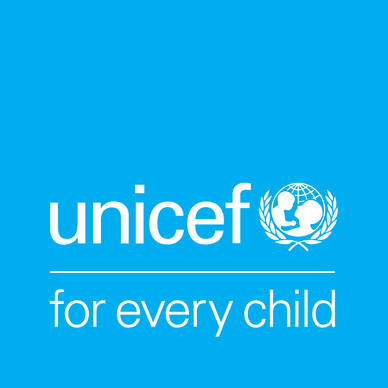Multimedia assets here
UNICEF calls for an urgent boost in expenditure for early childhood care, quality education, gender equality and youth employment to reach the SDGs
AMMAN, 8 August 2019 – Without improved education and meaningful work opportunities in the Middle East and North Africa, the region faces a critical risk of an unprecedented increase of 5 million out-of-school children, and over a 10 per cent rise in youth unemployment by 2030, according to a UNICEF report: MENA Generation 2030.
Batool, a 20-year-old from Jordan says: “I started my last year of high school with great enthusiasm and even greater dreams. However, all I experienced was failure. I isolated myself and stopped studying until I started volunteering. That changed my life. I became a new person, optimistic and always looking for new opportunities.”
Batool is one of millions of children and young people in the region who struggle to learn and prosper. MENA Generation 2030 is the first report to make a direct link between investment in children, economic growth and social development. It is a result of the consultations with the World Bank, ILO, IMF and ESCWA.
According to the report:
- Children and young people currently account for nearly half of the region’s population;
- The region has the highest youth unemployment rates in the world; with a regional average of up to 40 per cent among young women;
- MENA is home to more than half of the world’s refugees, with more than one third of youth living in fragile and conflict affected countries;
- Young people feel a deterioration in the quality of life in the last decade and only half of them have confidence in their own governments;
- Nearly 15 million children are out of school due to a combination of poverty, discrimination, poor quality learning, violence in schools and armed conflict;
- Among children who are in school, only half meet the benchmark measuring skills for reading, mathematics and science.
“We are at a serious risk of not meeting the Sustainable Development Goals in the MENA region with devastating consequences on children and young people,” said Geert Cappelaere, UNICEF Regional Director for the Middle East and North Africa. “The only way out is through the implementation and budgeting of policies for children, ending violence and armed conflict, having a politically and socially stable environment, and promoting gender equality.”
The report outlines common areas for governments, the private sector and young people themselves:
- Increase financing for early childhood development including adequate health, nutrition and responsive stimulation to build the foundation of children’s physical, emotional and cognitive development;
- Improve basic education and simultaneously nurture the skills needed to match the rapidly changing economy including training for young people.
- Provide more support for young people transitioning from education to employment;
- Improve education quality to equip children with skills critical for their future including creativity, critical thinking, communication and empathy;
- Provide children and young people with spaces to raise their concerns, share their ideas and engage with them in the decision-making process, to make the most out of their ingenuity.
ENDS
Notes to editors:
Multimedia assets here
For more information, please contact:
Unicef UK Media Team, [email protected] , 0207 375 6030
About the MENA Generation 2030 Report
To download MENA 2030 report and resources including country fact sheets
During the first half of the 21st century, an unprecedentedly large proportion of the population in the Middle East and North Africa will transition into their most productive years, opening up the potential for a demographic dividend – economic growth spurred by demographic changes.
The report examines projected demographic trends including estimates of population size, age structure and population density in the MENA region during the first half of the twenty-first century. The report further highlights the significance of these projections for the possibility of a demographic dividend in MENA, explores current barriers – for example, political and social instability, inequitable economic and social policies, and limited employment opportunities – and discusses policy actions most likely to enable adolescents and youth and their communities and countries to realise their potential and benefit from these demographic changes.
About UNICEF
UNICEF promotes the rights and well-being of every child, in everything we do. Together with our partners, we work in 190 countries and territories to translate that commitment into practical action, focusing special effort on reaching the most vulnerable and excluded children, to the benefit of all children, everywhere.
For more information about UNICEF and its work for children, visit www.unicef.org/mena
Follow UNICEF UK on Twitter, Facebook and YouTube.


